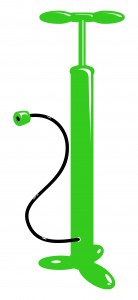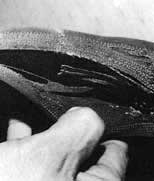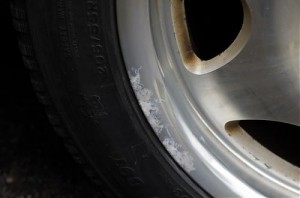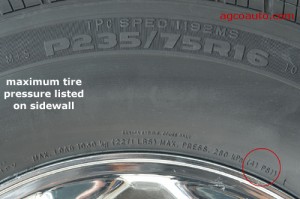Managed fleets are part of the solution, NOT part of the problem in reducing fuel usage and carbon emissions on a very large scale. It’s simply about making a more efficient use of the resources we have, especially with our tires and what we put in them.
A study from the American Automotive Leasing Association found that in 2007, managed fleets saved over 400 million gallons of fuel. Given that the United States consumers about that much in a single day, this savings represents progress toward reducing our dependence on foreign oil. This study also found that a managed fleet results in a more efficient use of fuel and a reduction in carbon emissions because the managed fleet model is structures around efficiency.
Do you have a managed fleet business model, or you want to make your current fleet more efficient? Well, here’s one way: nitrogen tire inflation.
By putting nitrogen into your tires instead of air, or even just getting into the habit of topping off your tires with nitrogen, you make your tires hybrid in an instant. Over 300 million tires are disposed of annually. Nitrogen tire inflation can reduce this number by 30 percent if only more fleets and consumers embraced the practice.
Air also leaks from three to four times faster than nitrogen. So, you know those great strides managed fleets made in reducing carbon emissions and saving all that fuel? All that goes down the drain if your tires aren’t the proper pressure. These hybrid tires create savings in three ways: improved fuel efficiency, reduced carbon emissions, and extended tire life. To calculate your fleet’s savings with Nitrofleet99 Hybrid Tires, then use our carbon reduction calculator to figure out the exact savings!
At Nitrofleet99, we promote sustainable business with better use of our natural resources by providing nitrogen products and services that achieve environmental gains. Specifically, we offer a Carbon Credit Program for managed fleets.












